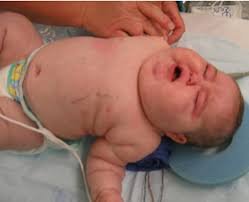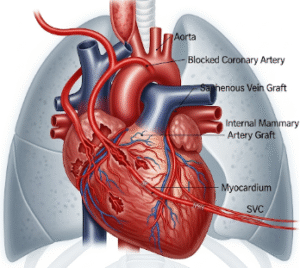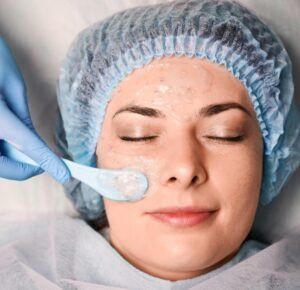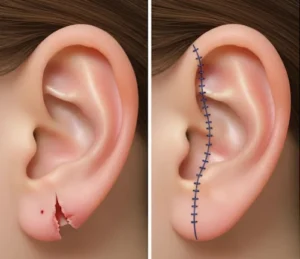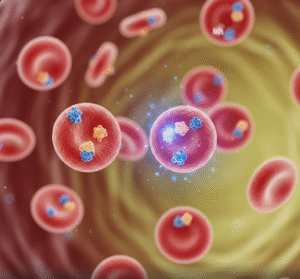Overview
Cat bites are puncture wounds or scratches caused by a cat’s teeth or claws. While often minor, cat bites can lead to serious infections due to bacteria in the cat’s mouth, including Pasteurella multocida. In Korea, medical facilities provide prompt wound care, infection prevention, and treatment to minimize complications.
Symptoms
- Puncture wounds or scratches on the skin
- Redness, swelling, and pain around the bite site
- Warmth and tenderness at the affected area
- Pus or discharge in case of infection
- Fever, chills, or swollen lymph nodes in severe infections
- Limited movement if joints are affected
Causes
- Biting or scratching by a domestic or stray cat
- Accidental injury during play, feeding, or handling a cat
- Aggressive behavior from frightened or sick cats
Risk Factors
- Immunocompromised individuals (e.g., diabetes, HIV)
- Children and elderly who may not properly clean wounds
- Stray or unvaccinated cats
- Delayed or inadequate wound care
- Pre-existing skin conditions or open wounds
Diagnosis
In Korea, diagnosis involves:
- Physical examination to assess wound severity and signs of infection
- Medical history including details of the bite and cat vaccination status
- Wound culture if infection is suspected
- Blood tests in severe or systemic infections
Prevention
- Avoid provoking or mishandling cats
- Use protective gloves when handling unfamiliar or stray cats
- Immediate cleaning of any scratches or bites with soap and water
- Ensure cats are vaccinated against rabies and other diseases
- Educate children about safe interactions with animals
Treatment Options in Korea
- Immediate Wound Care
- Thorough cleaning and irrigation of the bite site
- Removal of any debris or foreign material
- Medications
- Antibiotics (e.g., amoxicillin-clavulanate) to prevent infection
- Pain relief with acetaminophen or ibuprofen
- Tetanus booster if vaccination is outdated
- Rabies prophylaxis if the cat’s vaccination status is unknown or the bite is high-risk
- Follow-Up Care
- Monitoring for signs of infection, redness, or swelling
- Dressing changes and wound assessment at clinics
- Referral to specialized care if deep tissue or joint involvement occurs







